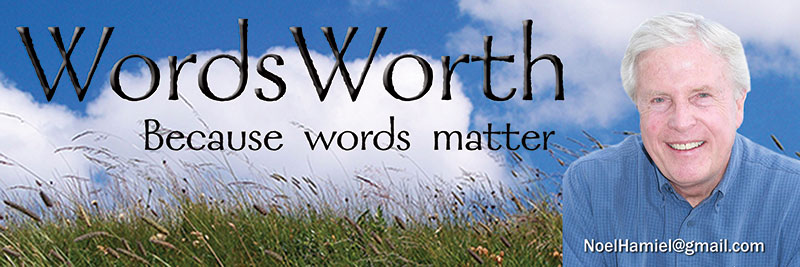Indian Summer: “A period of unusually settled warm weather after the end of summer proper. Probably so named because it was first noted in regions occupied by American Indians.” – Collins Unabridged English Dictionary
It’s embarrassing, but I must admit that I didn’t know what I was talking about.
My friends will acknowledge that this is a rarity – the admission, not the absence of factual basis for an opinion.
But I’m getting ahead of myself.
Last week, as I was looking out my window at six inches of fresh, new snow, it occurred to me that it had been only a little more than four months since the last snowfall and it was a dandy. Western South Dakota received 12-14 inches on May 20-22. It was the start, or I should say continuation, of a long, wet spell in our state.
After some contemplation, I grabbed the snow shovel, which I hadn’t bothered to put away over summer, and headed out the door. This was on Thursday and it was still coming down a bit, but clearing to the west.
Later in the day, as I was visiting with a neighbor, I predicted that we could look forward to a beautiful “Indian Summer” just as soon as it warmed up, hopefully before Halloween.
Indian Summer? He repeated the words as though he hadn’t heard them before.
“I think it’s a bit early for that,” he said.
To which I replied, “No, we’ve already had a freeze, and when it warms up, that’s what we always call it.”
Now, my neighbor is not the disagreeable type and he let the subject drop, but when I returned home, I did some research, going to my trusty Old Farmer’s Almanac. And guess what? My neighbor was right.
Says the Almanac:
“Here are the criteria for a true Indian Summer:
“As well as being warm, the atmosphere during Indian Summer is hazy or smoky, there is no wind, the barometer is standing high, and the nights are clear and chilly.
“The warm days must follow a spell of cold weather or a good hard frost.”
And here is the key point:
“The conditions described above also must occur between St. Martin’s Day (November 11) and November 20. If All Saints’ (November 1) brings out winter, St. Martin’s brings out Indian Summer.”
So there you have it, the real definition of “Indian Summer.”
I’m looking forward to it.
Oh, and what’s the origination of the term? There are a number of theories, in addition to the one at the top, but unfortunately I’m out of space.
Oct. 16, 2019
